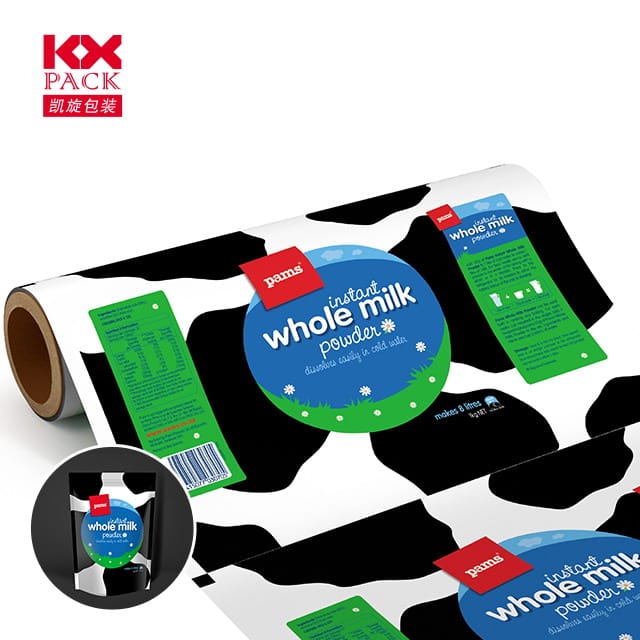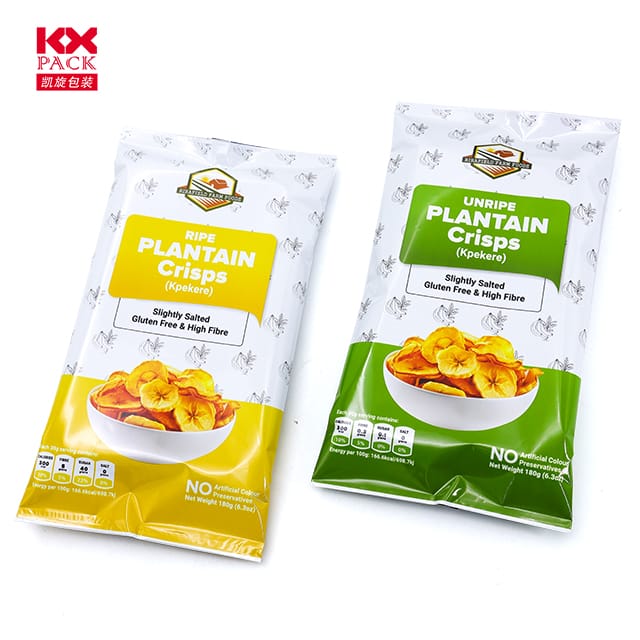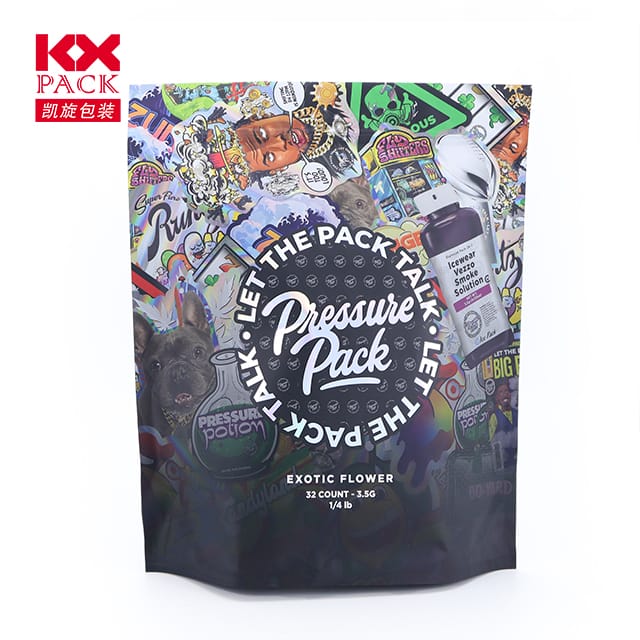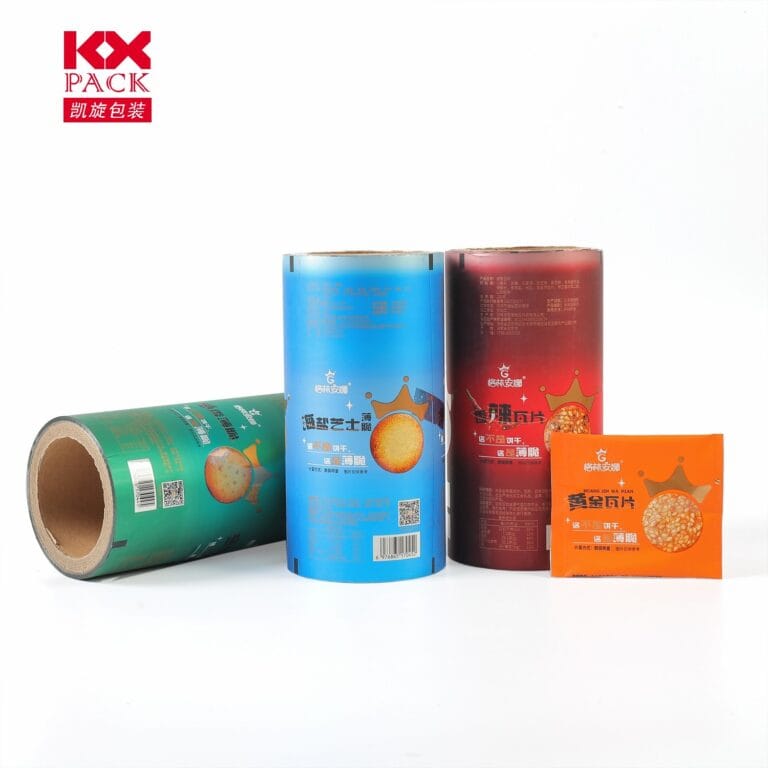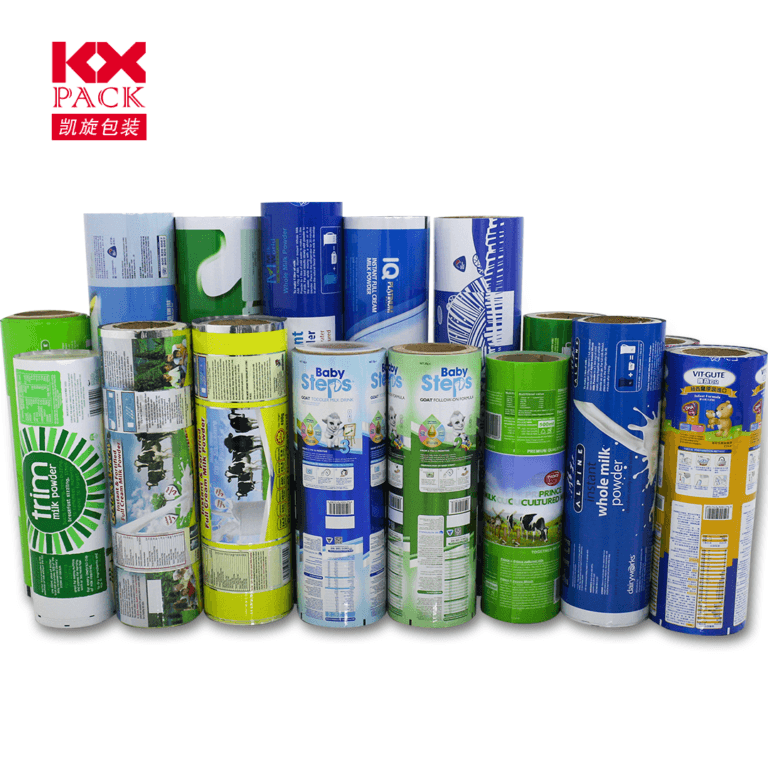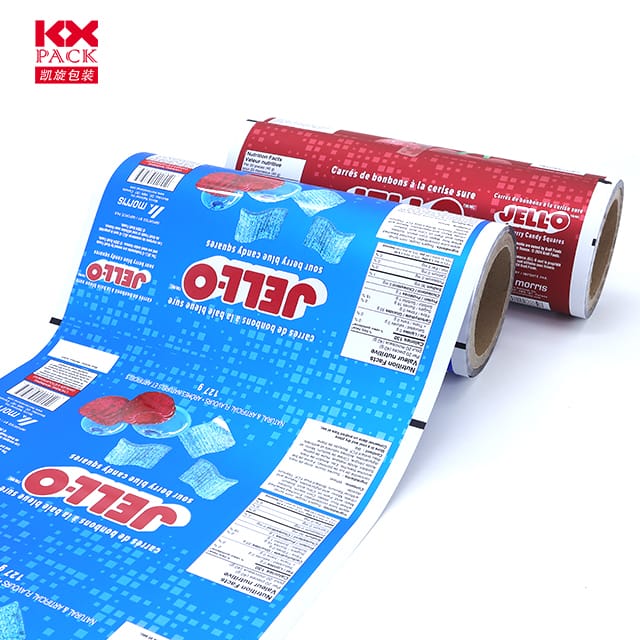Exploring the Evolution and Innovations of Film Plastic: A Comprehensive Overview(2)
Film Plastic
The term “Film Plastic” refers to a versatile category of thin, flexible materials derived from polymers, playing a pivotal role across industries. From packaging solutions to advanced technological applications, film plastics have transformed modern manufacturing and consumer habits. This blog delves into their significance, recent innovations, ומגמות עתידיות.
1. The Foundation: Types and Applications
Film plastics encompass a range of materials, כולל פוליאתילן (פ), פוליפרופילן (עמ'), פּוֹלִיאֶסטֶר (חיית מחמד), and biodegradable polymers like PLA. הקל שלהם, עָמִיד, and cost-effective properties make them indispensable in:
- אריזה: Food-grade films extend shelf life, while industrial films protect goods during transit.
- חַקלָאוּת: Mulching films improve crop yields by retaining soil moisture.
- אֶלֶקטרוֹנִיקָה: Conductive and insulating films enable high-performance circuit boards.
- Medical Devices: Sterile packaging and implantable materials rely on biocompatible films.
2. Market Dynamics and Growth
The global film plastic market is experiencing steady expansion, מונע על ידי:
- Rising Demand: The packaging sector, particularly in emerging economies, fuels consumption.
- התקדמות טכנולוגית: Innovations like nanotechnology and multi-layer coextrusion enhance film functionality.
- Sustainability Initiatives: Regulatory pressures and consumer demand push for biodegradable and recyclable films.
על פי דיווחי התעשייה, the market size was valued at approximatelyUSD 787 billion in 2022 and is projected to reachUSD 963.7 מיליארד על ידי 2029, with a CAGR of 2.9%. Key players include China, the U.S., and Europe, where industries are rapidly adopting eco-friendly alternatives.
3. Innovations Shaping the Future
3.1 Functional Films for Specialized Needs
- Antifog and Antistatic Films: These prevent condensation and static buildup, critical for electronics and food packaging.
- סרטי מחסום גבוה: Used in food and pharmaceutical packaging, they extend product shelf life by blocking oxygen and moisture.
- סרטים חכמים: Incorporating RFID tags, temperature sensors, or QR codes, these films enhance traceability and consumer engagement.
3.2 קיימות: The Green Imperative
- סרטים מתכלים: PLA (חומצה פולילקטית) and other bio-based polymers reduce environmental impact. לדוגמה, LVMH Group uses PLA-based films for luxury packaging.
- תוכן ממוחזר: Brands like Coca-Cola and Mars are adopting 100% rPET (recycled PET) in their packaging, signaling a shift toward circular economy practices.
- קל משקל: Reducing material thickness without compromising strength—such as PepsiCo’s 10% lighter 330ml PET bottles—cuts costs and carbon footprints.
3.3 High-Performance Films for Emerging Industries
- Automotive Lightweighting: Films like PA6/12 and PPE+PA composites reduce vehicle weight, boosting fuel efficiency. BMW’s i3 and Toyota’s ISO Dynamics resin seats exemplify this trend.
- אֶלֶקטרוֹנִיקָה: High-temperature-resistant films (לְמָשָׁל., PEEK, PPS) enable safer, faster-charging EV batteries.
- Medical Innovations: Biocompatible films for drug packaging and implants, such as Astellas’ bio-based blister packs, improve patient safety.
4. Challenges and Opportunities
Despite progress, the industry faces hurdles:
- Waste Management: Single-use plastics remain a concern, necessitating better recycling infrastructure.
- תאימות רגולטורית: Stringent environmental laws (לְמָשָׁל., EU’s single-use plastic ban) require agile adaptation.
- עלות לעומת. קיימות: Biodegradable films often cost more, limiting adoption in price-sensitive markets.
למרות זאת, these challenges drive innovation. Collaborations between academia and industry, such as Amat Medical’s PLCL polymer stents, show promise in closing the gap between performance and sustainability.
5. הדרך קדימה
The future of film plastics hinges on:
- טכנולוגיות מיחזור מתקדמות: Chemical recycling of mixed plastics could unlock high-value applications.
- אריזה חכמה: Integration of IoT sensors for real-time product monitoring.
- Global Collaboration: Cross-industry partnerships to standardize sustainable practices.
סיכום
Film plastics are more than mere packaging materials—they are enablers of innovation, יְעִילוּת, וקיימות. ככל שהתעשיות מתפתחות, so too must these films, balancing performance with environmental responsibility. The journey ahead demands creativity, collaboration, and a commitment to a greener future.
What are your thoughts on the future of film plastics? Share your insights in the comments below!

